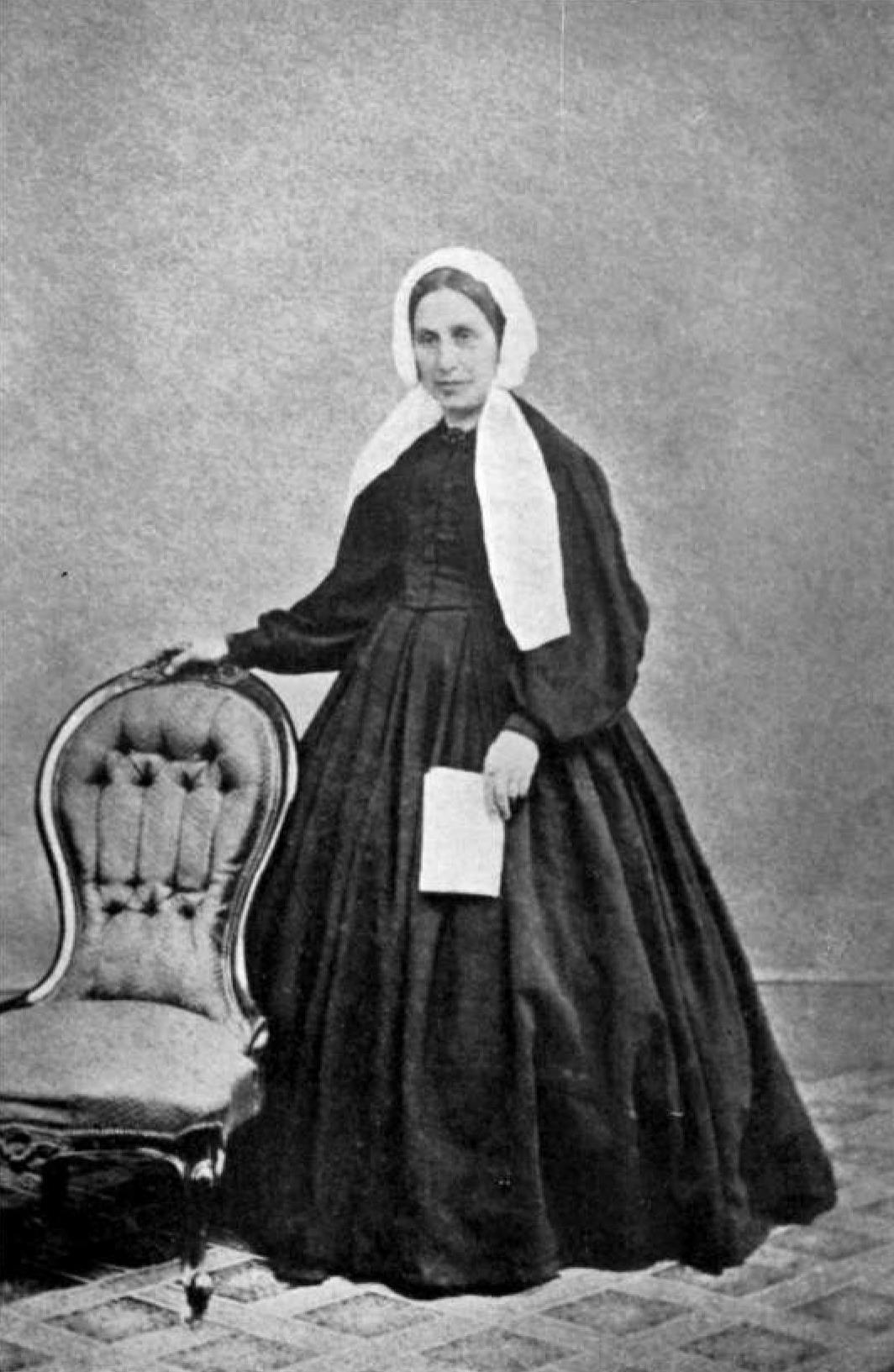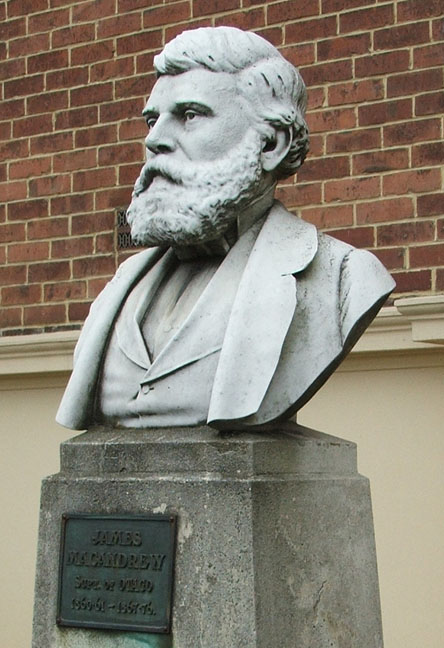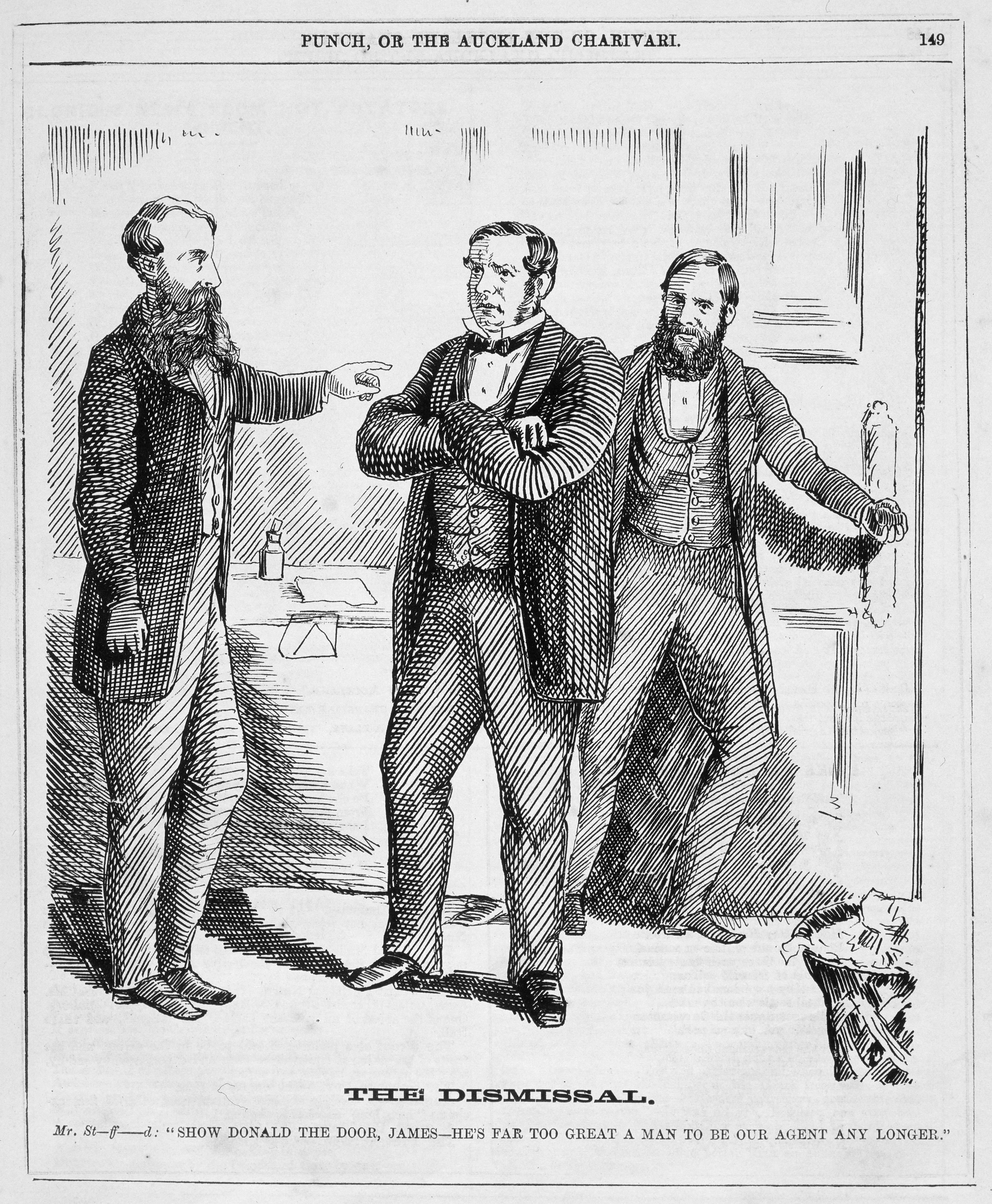|
1819 In New Zealand
The following lists events that happened during 1819 in New Zealand. Incumbents Regal and viceregal *Head of State – King George III. With Prince George, Prince of Wales as prince regent. *Governor of New South Wales – Lachlan Macquarie Events *January – Hongi Hika returns from his expedition to East Cape and the Bay of Plenty (see 1818) with 2000 prisoners. *5 May – Samuel Leigh arrives on the ''Active'' to recuperate from ill-health at Samuel Marsden's invitation. *17 June – Leigh returns to New South Wales. While in New Zealand he has conceived the idea of establishing a Wesleyan mission to the Māori. He returns to England before the end of the year with this proposition in mind. His report to Marsden leads to the appointment of John Gare Butler to head the second Church Missionary Society mission. *24 July – Governor Macquarie appoints Butler a justice of the peace for New Zealand. *12 August – Marsden arrives in New Zealand on the ''General Gates'' on ... [...More Info...] [...Related Items...] OR: [Wikipedia] [Google] [Baidu] |
Head Of State
A head of state (or chief of state) is the public persona who officially embodies a state Foakes, pp. 110–11 " he head of statebeing an embodiment of the State itself or representatitve of its international persona." in its unity and legitimacy. Depending on the country's form of government and separation of powers, the head of state may be a ceremonial figurehead or concurrently the head of government and more (such as the president of the United States, who is also commander-in-chief of the United States Armed Forces). In a parliamentary system, such as the United Kingdom or India, the head of state usually has mostly ceremonial powers, with a separate head of government. However, in some parliamentary systems, like South Africa, there is an executive president that is both head of state and head of government. Likewise, in some parliamentary systems the head of state is not the head of government, but still has significant powers, for example Morocco. In contrast, ... [...More Info...] [...Related Items...] OR: [Wikipedia] [Google] [Baidu] |
Ngāpuhi
Ngāpuhi (or Ngā Puhi) is a Māori iwi associated with the Northland region of New Zealand and centred in the Hokianga, the Bay of Islands, and Whangārei. According to the 2018 New Zealand census, the estimated population of Ngāpuhi is 165,201. This compares to 125,601 in 2001, 102,981 in 2006, and 122,214 in 2013. It is formed from 150 hapū/subtribes, with 55 marae. Despite such diversity, the people of Ngāpuhi maintain their shared history and self-identity. Te Rūnanga ā Iwi o Ngāpuhi, based in Kaikohe, administers the iwi. The Rūnanga acts on behalf of the iwi in consultations with the New Zealand Government. It also ensures the equitable distribution of benefits from the 1992 fisheries settlement with the Government, and undertakes resource-management and education initiatives. History Foundations The founding ancestor of Ngāpuhi is Rāhiri, the son of Tauramoko and Te Hauangiangi. Tauramoko was a descendant of Kupe, from ''Matawhaorua'', and Nukutawhiti, of ... [...More Info...] [...Related Items...] OR: [Wikipedia] [Google] [Baidu] |
List Of Years In New Zealand
The table of years in New Zealand is a tabular display of all years in New Zealand, for overview and quick navigation to any year. While a chronological century would include the years (e.g.) 1801 to 1900, and hence a decade would be 1801-1810 etc., for encyclopedic purposes the 100 years and 10 year spans of 1800-1899 and 1800-1809 etc. have been used respectively. __TOC__ Up to 1800 Prior to 1800 in New Zealand 1800s in New Zealand 1900s in New Zealand 2000s in New Zealand See also *Timeline of New Zealand history *History of New Zealand *Military history of New Zealand *Timeline of the New Zealand environment *Timeline of New Zealand's links with Antarctica {{DEFAULTSORT:Years in New Zealand, List of New Zealand history-related lists New Zealand New Zealand ( mi, Aotearoa ) is an island country in the southwestern Pacific Ocean. It consists of two main landmasses—the North Island () and the South Island ()—and over 7 ... [...More Info...] [...Related Items...] OR: [Wikipedia] [Google] [Baidu] |
William Travers (New Zealand Politician)
William Thomas Locke Travers (January 1819 – 23 April 1903) was a New Zealand lawyer, politician, explorer, and naturalist. Early life Travers was born near Newcastle West, County Limerick, Ireland, either on 9 or 19 January 1819. His father chose to retire to France, and Travers was consequently brought up there. He was educated in Saint-Malo, a town in Brittany. In 1835, he joined the British military, and was part of the British Auxiliary Legion that fought in Spain's First Carlist War. After his military service ended, Travers became a lawyer. In 1849, he and his family moved to Nelson, New Zealand, where he continued to practice law. Later, he also lived in Christchurch and Wellington. He purchased Englefield Lodge in Christchurch in 1866 and sold the property in 1872 to Edward Stevens. Political career Travers' political career covered both national and provincial politics. He was a member of the 1st New Zealand Parliament, representing first the Town of Ne ... [...More Info...] [...Related Items...] OR: [Wikipedia] [Google] [Baidu] |
Carl Sylvius Völkner
Carl Sylvius Völkner ( – 2 March 1865) was a German-born Protestant missionary in New Zealand who was hanged and decapitated at his church grounds on the east coast of the North Island in what became known as the Völkner Incident. Biography Völkner was born in the town of Kassel, in the Electorate of Hesse, Germany, around 1819. He was sent to New Zealand by the North German Missionary Society, along with several other missionaries, having received training at the missionary college at Hamburg. He arrived in the country in August 1849 and was sent to Taranaki, to work alongside another German missionary, Johann Riemenschneider. In 1852 Völkner offered his services to the New Zealand Church Missionary Society, Church Missionary Society (CMS). He married Emma Lanfear, sister of a CMS missionary on 29 June 1854. For several years he worked as a lay teacher in the lower Waikato and in 1857 became a naturalised citizen. Völkner was ordained a deacon in 1860 and the followi ... [...More Info...] [...Related Items...] OR: [Wikipedia] [Google] [Baidu] |
James Macandrew
James Macandrew (1819(?) – 25 February 1887) was a New Zealand ship-owner and politician. He served as a Member of Parliament from 1853 to 1887 and as the last Superintendent of Otago Province. Early life Macandrew was born in Scotland, probably in Aberdeen, where he was baptised on 18 May 1819. He became active in the Free Church of Scotland, and from there, in the proposed colonisation of Otago (which was being advocated by the Lay Association of the Free Church of Scotland, later the Otago Association). In partnership with his brother-in-law William Reynolds, Macandrew bought a schooner, loaded it with cargo, and set sail for Otago with his family. He arrived in January 1851. Still working in partnership with his brother-in-law, Macandrew immediately became a major figure in the business community of Dunedin. Reynolds, his brother-in-law, began to build up a shipping business, while Macandrew himself established a trading firm in the city. The partners later established ... [...More Info...] [...Related Items...] OR: [Wikipedia] [Google] [Baidu] |
John Gully (New Zealand Artist)
John Gully (1819 – 1 November 1888) was a New Zealand landscape painter. He was born in Bath, and was the son of Philip Gully, a porter, and Mary Vincent. Gully's formal education finished when he was apprenticed to Stothert's foundry aged around 13. He worked in the designing and drafting department. He received some training in painting from a Bristol watercolourist, W. J. Muller. Having finished his apprenticeship, he got a job as a clerk in the Bath Savings Bank, then later joined his father's business in that city. He was probably already painting as a pastime, and—apart from a few private lessons—received no formal art training. On 22 July 1846 John Gully married Jane Moore, a young widow with a baby son and the daughter of John Eyles. They went on to have six children, two of whom died in childhood. In 1852 Jane and John decided to emigrate with their family of three children to New Zealand. John Gully was influenced by his reading of Hursthouse's glowing a ... [...More Info...] [...Related Items...] OR: [Wikipedia] [Google] [Baidu] |
William Henry Eyes
William Henry Eyes (1819 – 12 April 1907) was a British-born, New Zealand politician who was the fifth Superintendent of the Marlborough Province, and who represented the electorate in the New Zealand House of Representatives for many years. Born in England, Eyes had emigrated to Australia in 1839. He was jailed at Parramatta Gaol for a year before he was pardoned, after which he immediately emigrated to New Zealand. Early life Eyes was born in Liverpool, England, in 1819, his grandfather was Charles Eyes (c.1754–1803) surveyor and architect. He received his education in Knutsford, Cheshire, England. He had an office job with the cotton brokers Gladstone and Sergeantson in Liverpool. He emigrated to Australia on the ''Bishop Heber'' and he arrived there in early 1839. After 1841, he had an interest in a cattle station in Batemans Bay. In July 1844, he was tried for a rape of a nine-year-old girl, but the jury found him guilty of common assault only, and he was sentenced to ... [...More Info...] [...Related Items...] OR: [Wikipedia] [Google] [Baidu] |
Edward Stafford (politician)
Sir Edward William Stafford (23 April 1819 – 14 February 1901) served as the third premier of New Zealand on three occasions in the mid 19th century. His total time in office is the longest of any leader without a political party. He is described as pragmatic, logical, and clear-sighted. Early life and career Edward William Stafford was born on 23 April 1819 in Edinburgh, Scotland, the son of Berkeley Buckingham Stafford (1797–1847) (High Sheriff of Louth in 1828) and Anne, the daughter of Lieutenant-Colonel Patrick Tytler. His family was prosperous, enabling him to receive a good education, first at the Royal School Dungannon in Ireland where he excelled as a scholar, and then at Trinity College Dublin. In 1841–42, he undertook travel in Australia, but chose to join relatives in Nelson, New Zealand in 1843, where he soon became active in politics, criticising Governor Robert FitzRoy's "weak" response to the Wairau Affray. In 1850, he joined increasing calls for New Zeal ... [...More Info...] [...Related Items...] OR: [Wikipedia] [Google] [Baidu] |
Ngāti Maniapoto
Ngāti Maniapoto is an iwi (tribe) based in the Waikato-Waitomo region of New Zealand's North Island. It is part of the Tainui confederation, the members of which trace their whakapapa (genealogy) back to people who arrived in New Zealand on the waka (canoe) Tainui. The 2006 New Zealand census shows the iwi to have a membership of 33,627, making it the 7th biggest iwi in New Zealand. History Ngāti Maniapoto trace their lineage to their eponymous ancestor Maniapoto, an 11th generation descendant of the people who arrived on the ''Tainui'' waka and settled at the Kawhia Harbour. His father Rereahu led the Tainui expansion to the interior of the Waikato region, and Maniapoto settled in the southern Waikato area. Maniapoto's older brother Te Ihinga-a-rangi settled at Maungatautari, forming the Ngāti Hauā and Ngāti Korokī Kahukura iwi. Hapū and marae There are many marae (area in front of a wharenui) in the Ngāti Maniapoto area, one of the notable ones being Te Tokanga Nui ... [...More Info...] [...Related Items...] OR: [Wikipedia] [Google] [Baidu] |
Ngāti Toa
Ngāti Toa, Ngāti Toarangatira or Ngāti Toa Rangatira, is a Māori ''iwi'' (tribe) based in the southern North Island and in the northern South Island of New Zealand. Its ''rohe'' (tribal area) extends from Whanganui in the north, Palmerston North in the east, and Kaikoura and Hokitika in the south. Ngāti Toa remains a small iwi with a population of only about 4500 ( NZ Census 2001). It has four marae: Takapūwāhia and Hongoeka in Porirua City, and Whakatū and Wairau in the north of the South Island. Ngāti Toa's governing body has the name ''Te Rūnanga o Toa Rangatira''. The iwi traces its descent from the eponymous ancestor Toarangatira. Prior to the 1820s, Ngāti Toa lived on the coastal west Waikato region until forced out by conflict with other Tainui iwi headed by Pōtatau Te Wherowhero ( 1785 - 1860), who later became the first Māori King (). Ngāti Toa, Ngāti Rārua and Ngāti Koata, led by Te Rauparaha ( 1765-1849), escaped south and invaded Taranaki and the ... [...More Info...] [...Related Items...] OR: [Wikipedia] [Google] [Baidu] |
Kawhia
Kawhia Harbour (Maori: ''Kāwhia'') is one of three large natural inlets in the Tasman Sea coast of the Waikato region of New Zealand's North Island. It is located to the south of Raglan Harbour, Ruapuke and Aotea Harbour, 40 kilometres southwest of Hamilton. Kawhia is part of the Ōtorohanga District Council and is in the King Country. It has a high-tide area of and a low-tide area of . Te Motu Island is located in the harbour. The settlement of Kawhia is located on the northern coast of the inlet, and was an important port in early colonial New Zealand. The area of Kawhia comprises and is the town block that was owned by the New Zealand Government. The government bought it from the Europeans in 1880 "not from the original Māori owners, but from a European who claimed ownership in payment of money owed by another European". History and culture Early history The Kawhia Harbour is the southernmost location where kauri trees historically grew. Kawhia is known in Māori ... [...More Info...] [...Related Items...] OR: [Wikipedia] [Google] [Baidu] |





